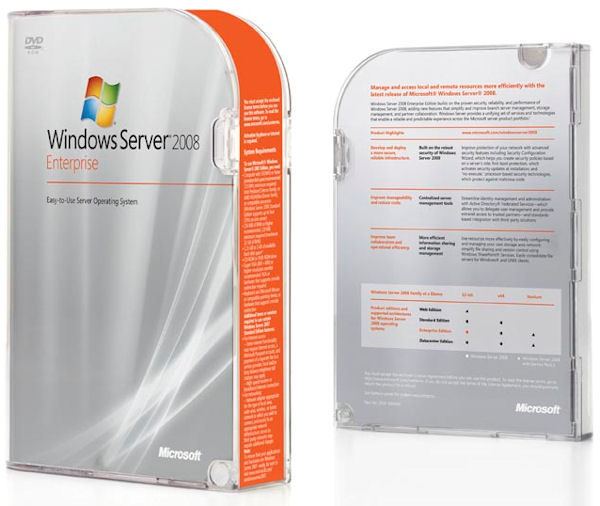Mega-launch
Microsoft has unveiled what it calls its “next generation of infrastructure and application platform products,” in the largest enterprise launch in its history.
The launch of Windows Server 2008, Microsoft SQL Server 2008 and Microsoft Visual Studio 2008 apparently marks a focus on security, Web, virtualization and better business intelligence, which are the cardinal points of its Dynamic IT initiative.
Dynamic IT is Microsoft’s long-term strategy “to provide customers with critical technologies to enable IT and development organizations to become more strategic to the business.” So, in other words, better IT products? Cunning.
While Microsoft CEO Steve Ballmer avoided the kind of adrenalized displays that have made him a cult hit on YouTube, the theme of “Heroes Happen {Here}”, in reference to the work of IT professionals, had its toe-curling moments.
Back to the key features of Dynamic IT, they seem mainly to be measures designed to keep up with already well established technology trends. So Web refers to the growing demand for web-based applications as championed by rival Google.
Virtualization
Virtualization refers to the most significant current trend in server technology. Senior VP Bob Muglia stressed in an interview on Microsoft’s website: “We are really in the virtualization game in a big way. Windows Server 2008 offers virtualization technology in Hyper-V that will reduce costs, increase hardware utilization, optimize a customer’s infrastructure and improve server availability.” The Hyper-V that is included in today’s Windows Server 2008 is still just the beta version.
In his interview, Muglia also touched on key features of SQL Server 2008 and Visual Studio 2008. “SQL Server 2008 includes new capabilities for the most mission-critical applications such as Resource Governor to ensure predictable performance and data compression enhancements that reduce storage requirements and increase query performance,” he said.
“Enhancements to Policy Based Management will help customers enforce and monitor compliance across their enterprises, and reduce the cost of managing the data infrastructure while streamlining development of new applications. It also has built-in BI analysis and reporting tools.”
“Visual Studio 2008 and the .NET Framework 3.5 allow developers to build Windows and Office-based applications, dynamic Web sites, and an emerging class of rich interactive applications – all with one toolset. Visual Studio 2008 also includes updates that enable developers to work with data in a unified, integrated way, using Language-Integrated Query (LINQ) and enhanced XML support.”
In conclusion, Muglia said: “Windows Server 2008, SQL Server 2008 and Visual Studio 2008 provide the industry with the fresh thinking that moves us significantly closer to the time when IT pros can quickly and easily create dynamic systems that have seamless access to the information and the computing capabilities that users need, when they need them, on the desired device or form factor. That will truly be heroic.”

Windows Server 2008 and Visual Studio 2008 are available today. SQL Server 2008 is available as a feature-complete preview, with general availability expected in the third quarter of 2008.
Also expected later this year are: Windows Small Business Server 2008, Windows Essential Business Server 2008, Windows HPC Server 2008 – the successor to Windows Compute Cluster Server 2003 – and Windows Storage Server 2008, the next-generation storage solution based on Windows Server 2008.













